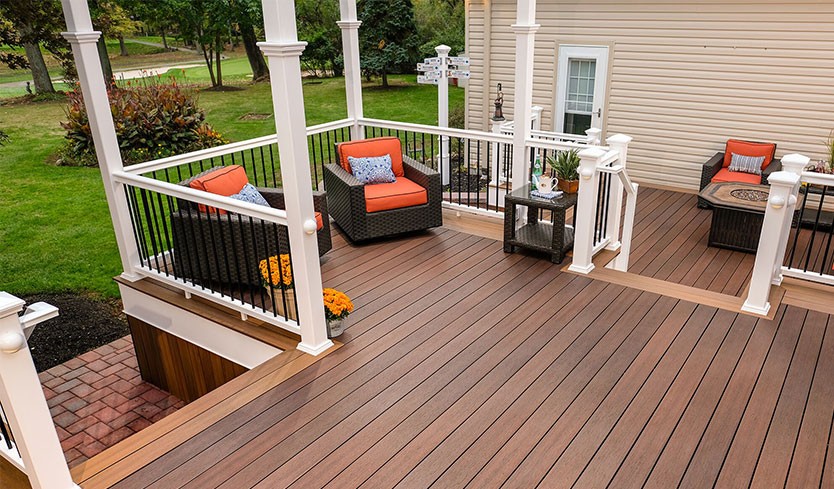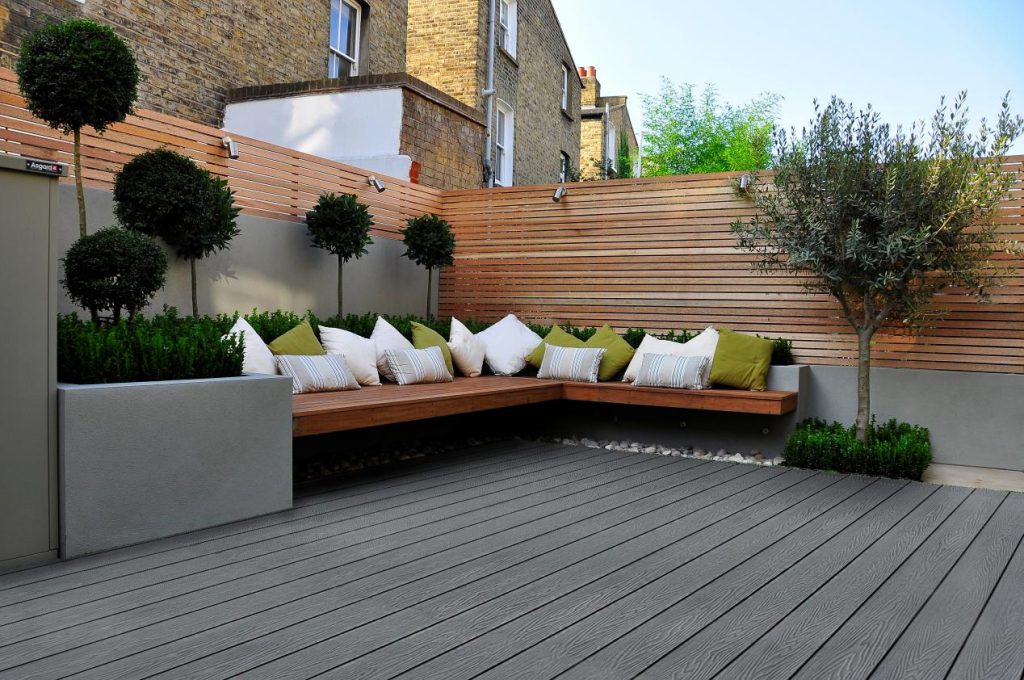When planning an outdoor deck, one of the most common questions homeowners face is: which is best, composite or wood decking? Both materials have been popular for years, offering different aesthetics, costs, and long-term benefits. However, as technology and environmental awareness have advanced, composite decking has become the preferred choice for most homeowners, builders, and designers who prioritize longevity, style, and low maintenance. In this detailed guide, we’ll explore the key differences between composite and wood decking, breaking down aspects such as durability, maintenance, appearance, cost, and sustainability. By the end, you’ll understand exactly why composite decking is the smarter long-term investment for your outdoor living space.
Table of Contents
Understanding the Basics: Composite Decking vs Wood Decking
Before diving deeper, it’s important to understand what each material actually is.
Wood decking is made from natural timber, such as cedar, redwood, or pressure-treated pine. It has a warm, organic appearance that many people love. However, being a natural material also means it’s vulnerable to rot, insects, and weather damage. Regular maintenance like sealing, sanding, and staining is essential to keep it looking good.
Composite decking, on the other hand, is a blend of recycled wood fibers and plastic polymers. This combination creates a dense, moisture-resistant material designed to mimic the beauty of wood without its weaknesses. Modern composite boards come in a range of natural wood tones and realistic textures that rival real timber.
So when asking which is best, composite or wood decking, the answer depends on how you balance aesthetics, performance, cost, and time commitment.
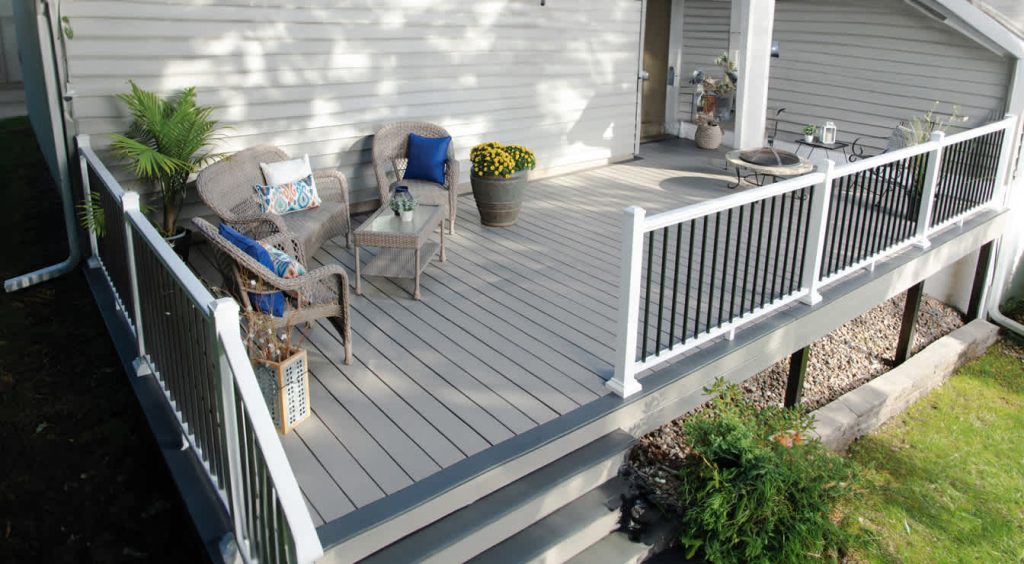
Durability: The Strongest Reason to Choose Composite Decking
One of the biggest factors in deciding which is best — composite or wood decking — is durability.
Wood, while strong, is vulnerable to environmental damage. Over time, exposure to moisture, sunlight, and temperature changes can cause wood to crack, warp, or splinter. Even treated wood will eventually succumb to rot, mold, and decay if not properly maintained.
Composite decking, by contrast, is engineered to resist these problems. The combination of wood fibers and plastics forms a dense core that resists water absorption, preventing rot and swelling. Many brands also include a protective cap layer that shields the surface from UV rays, stains, and scratches.
Key durability advantages of composite decking include:
No warping, rotting, or splintering
Resistant to mold and mildew
Fade-resistant colors
Long lifespan (often 25–30 years or more)
Simply put, when it comes to long-term structural stability and appearance, composite decking clearly outperforms wood.
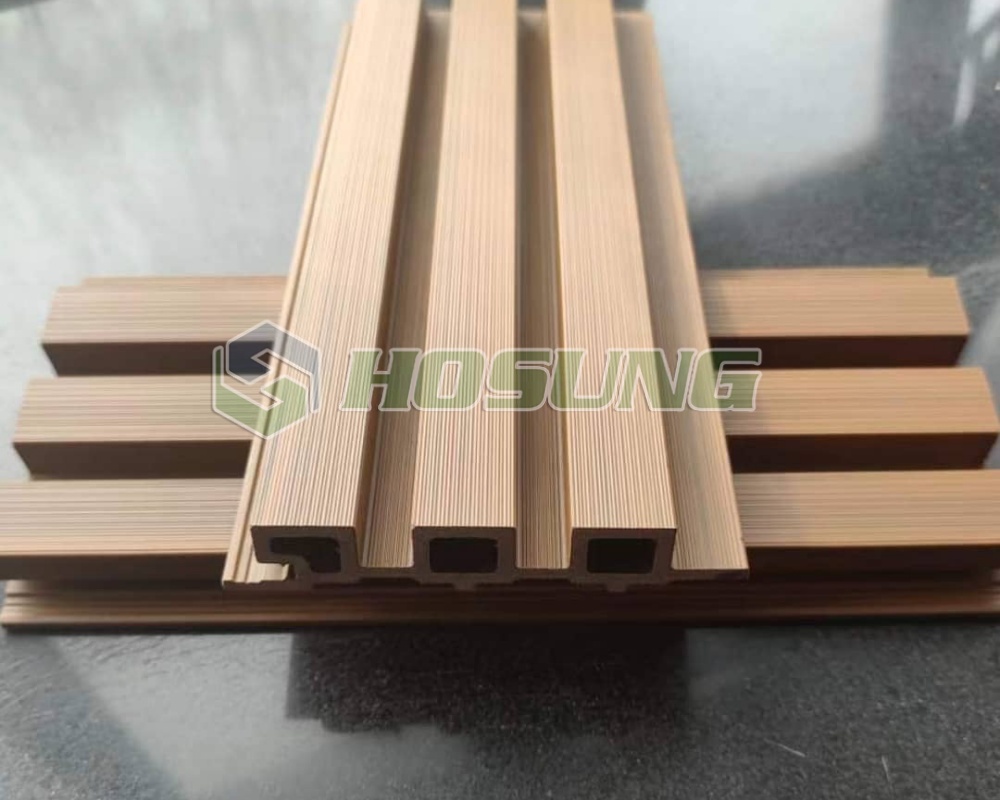
Maintenance: The Effortless Beauty of Composite Decking
Maintenance is another major deciding factor when considering which is best, composite or wood decking.
With wood decking, maintenance is a constant task. Homeowners must sand, seal, and stain their decks every one to two years to prevent damage. If neglected, wood can quickly lose its color, splinter, or decay, especially in humid or rainy environments. This ongoing care can be time-consuming and costly.
Composite decking requires minimal upkeep. You only need to clean it occasionally with soap and water to remove dirt or debris. There’s no need for staining, sealing, or painting — ever. Its protective surface keeps it looking new for years with almost no effort.
Imagine spending your weekends enjoying your deck instead of maintaining it — that’s the lifestyle advantage composite decking offers.
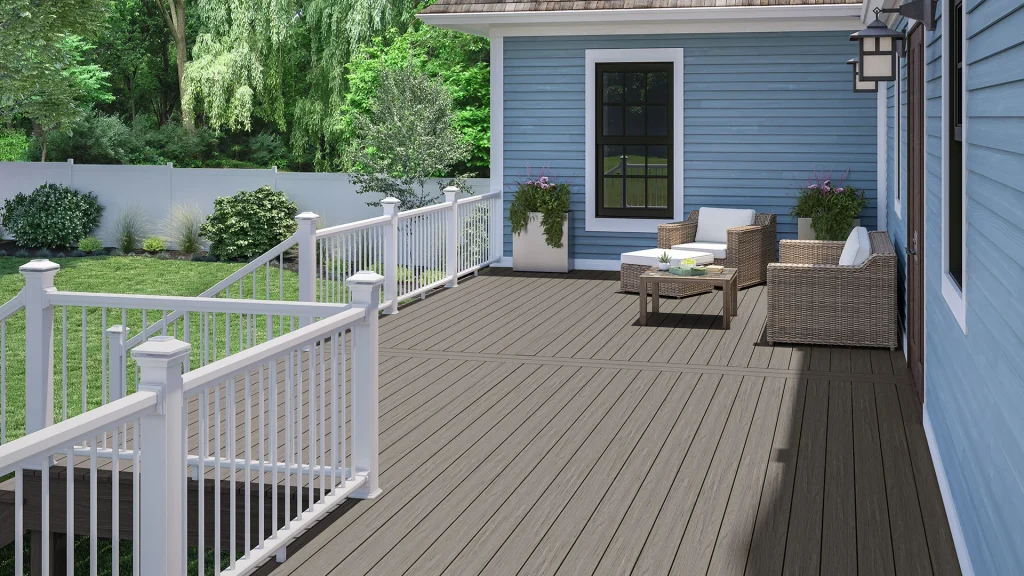
Appearance and Style: Natural Beauty Meets Modern Design
Many people initially lean toward wood decking because of its natural beauty. There’s something undeniably charming about real timber grain and the warm tone of freshly oiled wood. However, composite decking has come a long way in recent years.
Today’s high-quality composite boards feature deeply embossed grain patterns and multi-tonal colors that closely mimic natural wood. You can find options that replicate cedar, walnut, teak, and many other species, all without the constant upkeep.
Composite decking also offers greater design flexibility:
Available in consistent board sizes
Easy to match colors and textures across batches
Compatible with hidden fasteners for a clean, seamless look
Can include features like grooved edges and slip-resistant finishes
Unlike wood, composite boards don’t fade or change color drastically over time. That means your deck will maintain its stylish appearance year after year with almost no effort.
Cost: Upfront vs Lifetime Value
Cost is a common factor in the composite vs wood debate. Initially, wood decking tends to be cheaper upfront, especially if using softwoods like pine. However, the long-term costs of maintenance — such as annual staining, sealing, or board replacement — add up quickly.
Composite decking costs more initially, but it offers significant savings over time because:
There are no maintenance products to buy
Boards last longer and rarely need replacement
It retains its aesthetic appeal without refinishing
When calculated over a 20-year period, most homeowners find that composite decking is actually more cost-effective than wood. It’s a classic example of paying a bit more upfront for much greater long-term value.
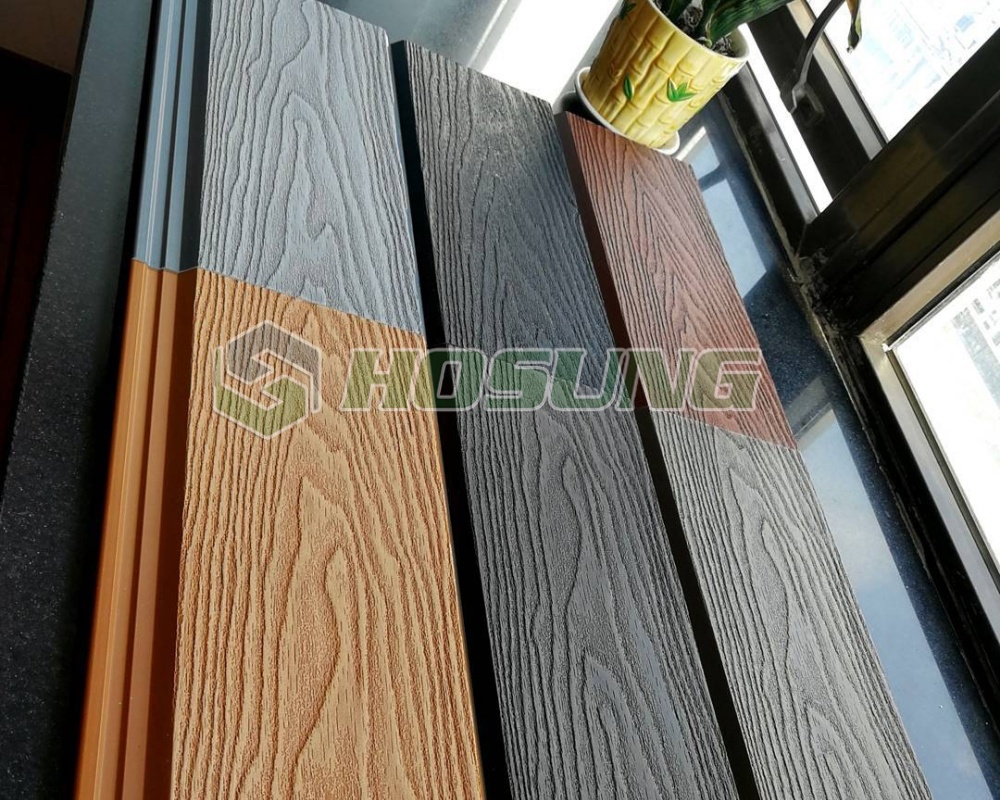
Environmental Impact: Sustainability and Recycling
As consumers become more eco-conscious, sustainability plays a growing role in choosing between composite and wood decking.
Traditional wood decking relies on logging — sometimes even exotic hardwoods sourced from slow-growing forests. Even sustainably harvested wood requires chemical treatments to resist insects and decay.
Composite decking, in contrast, is typically made from recycled materials, including reclaimed wood fibers and recycled plastics. Many manufacturers use up to 95% recycled content, helping to reduce landfill waste and deforestation.
Additionally, composite decking doesn’t need harmful chemical treatments, stains, or sealants. Its long lifespan also means less frequent replacement and waste, making it an environmentally responsible choice for outdoor construction.
If sustainability is part of your lifestyle or brand values, composite decking clearly stands out as the greener solution.

Safety and Comfort: Composite Decking Wins Again
Outdoor decks should not only look good but also feel safe and comfortable to use. In this aspect, composite decking again outperforms wood.
Because it doesn’t splinter, composite decking is safer for barefoot walking, children, and pets. Its non-porous surface also makes it resistant to slips, especially when using capped or textured designs that improve traction.
Furthermore, some composite materials are designed with heat-reducing technology, which helps keep deck surfaces cooler under direct sunlight compared to dark-stained wood boards.
If you want a deck that combines aesthetics, comfort, and safety, composite decking offers peace of mind for your entire family.
Weather Resistance: Built to Withstand the Elements
Whether you live in a region with hot summers, snowy winters, or frequent rain, your decking material must handle environmental stress well.
Wood decking tends to absorb moisture, leading to expansion, contraction, and eventually cracking or decay. In hot weather, it can dry out and splinter. Freezing temperatures and snow can worsen these effects, shortening the deck’s lifespan.
Composite decking is designed to withstand extreme weather conditions. Its capped surface repels moisture, preventing water damage and mold growth. It also resists UV fading, keeping its color rich and vibrant even after years of sun exposure.
No matter your climate, composite decking provides year-round performance and requires almost no intervention to stay in great shape.
Installation and Design Versatility
Composite decking boards are engineered for ease of installation. Many systems come with interlocking edges or hidden fastener systems, allowing for a clean, modern finish without visible screws or nails. Boards are uniform in size, so installation is faster and smoother compared to natural wood, which can have variations and imperfections.
Additionally, composite decking can be used for a wide variety of applications, including:
Backyard decks and patios
Pool surrounds
Rooftop terraces
Garden walkways
Commercial outdoor spaces
You can even mix colors or textures to create unique patterns and visual interest. This flexibility makes composite decking not only practical but also a powerful design element in modern architecture.
Longevity and Warranty: The Ultimate Proof
When determining which is best: composite or wood decking, the final decision often comes down to longevity and warranty coverage.
Most wood decks last 10–15 years with regular maintenance. In contrast, composite decking can last 25–30 years or longer, depending on the brand and installation quality. Many manufacturers back their products with warranties of 20–30 years, covering fading, staining, and structural integrity.
This level of assurance is rarely available with natural wood. Once wood deteriorates or rots, repair and replacement become inevitable. Composite decking’s durability and long warranty make it a clear winner in long-term reliability.

Conclusion: Composite Decking Clearly Comes Out on Top
After comparing every major factor — durability, maintenance, cost, appearance, safety, sustainability, and lifespan — it’s clear that composite decking is the best choice for most homeowners.
While wood decking offers natural charm, it demands constant maintenance and has a shorter lifespan. Composite decking delivers long-lasting beauty, low upkeep, eco-friendly materials, and excellent return on investment.
If you’re asking which is best, composite or wood decking, the answer is simple:
👉 Composite decking offers the perfect balance of performance, style, and sustainability — the smarter choice for modern outdoor living.


